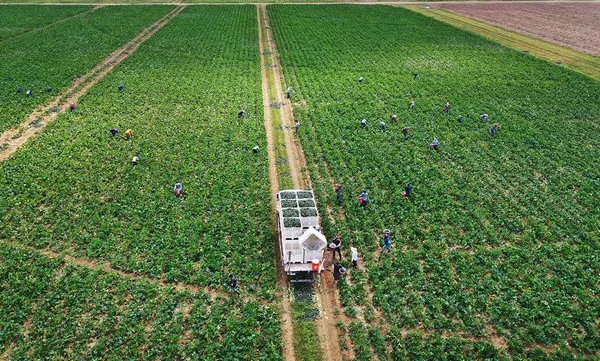CLITHERALL, Minn. – Moving from urban to rural life brought unexpected challenges, particularly in trusting local food sources. For a city-raised individual like myself, accustomed to packaged grocery store fare, the idea of plucking raspberries growing by a gravel road in Bemidji seemed fraught with risks. Would chemicals or exhaust from passing cars taint these berries? Could birds or bugs have contaminated them?
However, my farm-bred husband had no such reservations. To him, the absence of visible signs of chemical spraying was assurance enough. He confidently sampled the berries, offering me a few despite my initial skepticism. Tentatively, I tried one and found it pleasantly tart yet sweet—a surprising freshness that led me to eat more, leaving the rest for the birds.
The transition from city life to rural Minnesota often hinges on relearning food sources. Raised in the era of supermarket supremacy, I grew up trusting in the safety and expertise behind industrially processed foods, fortified by regulatory assurances inspired by Upton Sinclair’s “The Jungle.” The notion of foraging or gardening for sustenance seemed archaic, a relic of a past when humans lived closer to nature but also faced greater risks from pathogens.
Conversely, rural Minnesotans embrace a tradition of self-sufficiency. Generations have cultivated gardens and foraged for wild edibles, a practice enjoying a resurgence today. The Department of Natural Resources is even considering limits on foraging in state parks due to its growing popularity, buoyed by figures like foraging expert Sam Thayer, whose book “The Forager’s Harvest” has sold over a quarter-million copies.
Venturing further into self-reliance, we ventured into raising chickens—an endeavor far removed from plucking roadside berries. Handling our own meat posed different challenges, including concerns over foodborne illnesses absent in store-bought, USDA-certified products. Yet, with 25 chicks and a makeshift coop, we took the plunge, processing them ourselves with help from family. Eating our first homegrown chicken felt risky without official stamps of approval, yet it was a delicious success, reassuring us of our newfound capabilities.
Since then, our journey into rural life has expanded to include baking bread with our own organic wheat. While we still rely on local stores for winter provisions, our confidence in self-produced food grows. Knowing exactly how our food is grown—free from antibiotics and chemicals—offers a tangible connection to our sustenance, from organic chicken feed to freshly picked raspberries.
Living in rural Minnesota has been a journey of empowerment, challenging ingrained beliefs about food safety and reliance on external expertise. In trusting ourselves to grow and gather, we’ve discovered a healthier, more fulfilling way to eat—one that reconnects us with the land and its bounty, one wild raspberry at a time.
Related Topics:



























